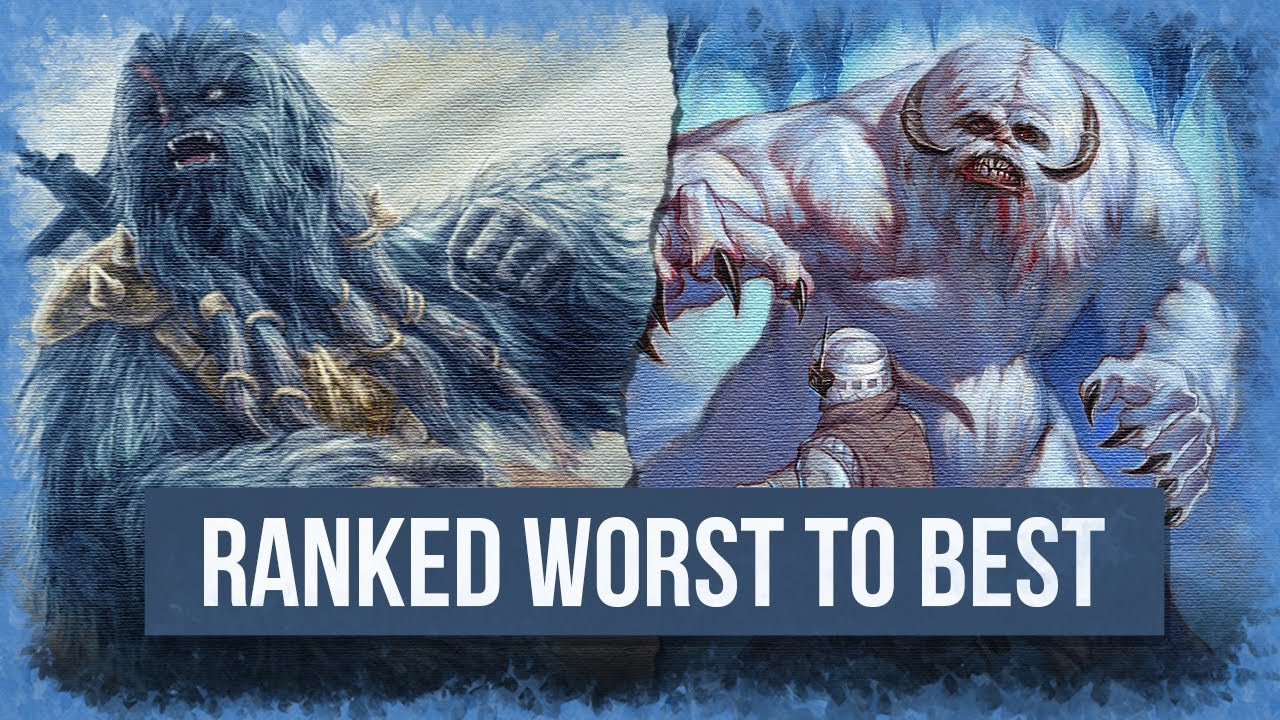Species were unique lifeforms. They were generally divided into three classifications based on their level of sentience: sentient, semi-sentient, and non-sentient. There were over 20 million sentient species known to the galaxy. Sentient species were sometimes erroneously referred to as races, which more accurately referred to groups or subspecies within a species.
The five characteristics of lifeforms were organization (a distinct form and appearance), irritability (the ability to respond to external stimuli), metabolism (the ability to convert energy to stay alive), reproduction (the ability to create new lifeforms), and adaptation (the ability to change as their environments change).
The predominant form of sentient life in the galaxy was carbon-based lifeforms. However, other forms of sentient life did exist, such as silicon-based or energy-based lifeforms.[5] Reports from remote parts of the galaxy even mentioned giant clouds of interstellar gas which had evolved a form of intelligence based on internal force-fields. Across all species, the majority were oxygen breathers, although a number breathed other substances such as ammonia, cyanogen, methane, methanogen, helium and Dorin gas. Despite these differences, most species were easily classified into a number of distinct categories:
Mammalian sentient species were warm-blooded vertebrates, who nourished young through secretions from mammary glands. Most mammals were covered in hair. Some of the most prominent species in the galaxy were mammals, such as the Humans and their numerous offshoots. Other notable forms were Wookiees, Cereans, Bothans and Sullustans.
Reptilian sentient species were cold-blooded vertebrates, typically covered in scales or bony plates. They typically evolved from species such as lizards, snakes and crocodiles. Most reptiles were land based, and lay eggs to reproduce. Reptilian sentient species were also very common in the galaxy, and notable examples included the Rodians, Barabels, Chistori, and Trandoshans. They also came in less humanoid forms, such as the Slith and Ssi-ruu.
Plant sentient species synthesized energy from water, nutrients and sunlight. They were usually immobile, although some species were able to move to seek better soil, light or nutrients. The Neti, Ergesh, Revwiens, Zelosians, and Sylphe are some examples of this form of life.
Insect sentient species were arthropods, with defined body segments; most commonly head, thorax and abdomen. Many had hard exoskeletons and wings, and could have any number of segmented legs. Some insectoid species evolved into different forms, such as humanoid insect species. Common examples of this form of life were the Verpine, Fefze, Killik, Bartokk, Gand, and Geonosians.
Hard invertebrates had hard outer bodies with no internal skeleton. These often included crustaceans and some flying creatures. While this classification also included insectoid species, they were grouped separately. Examples of hard invertebrate sentient species included the Sauvax, the Aganof and the Tarc.
Soft invertebrates were descended from soft-bodied species with no bones, such as octopi, slugs and worms. Sentient species of this origin took many diverse forms, such as the Iyra, Hutt and Ee.
Avian sentient species were warm-blooded, feathered and winged creatures. They typically had light bones and strong muscles, needed to enable flight. However, many sentient avian species had lost the ability to fly. Examples of this kind included the Vor, Mrlssi, Quor’sav, Rishii, S’kytri, Fosh and the Tikiarri.
Aquatic sentient species were those descended from marine life. These lifeforms often fit into other categories, but were classified together. Aquatic lifeforms included those that could breathe water, air, or both. These include the Mon Calamari, Selkath, Nautolan, Quarren, Herglic, Vurk, Dellaltian and Gungan.
Craniopod sentient species were, despite these broad categories, lifeforms so truly alien that they did not fit easily into any of the common categories. These were categorized as exotic sentient species, and included the Bith, Celegians, the Filar-Nitzan and the Pulra.

